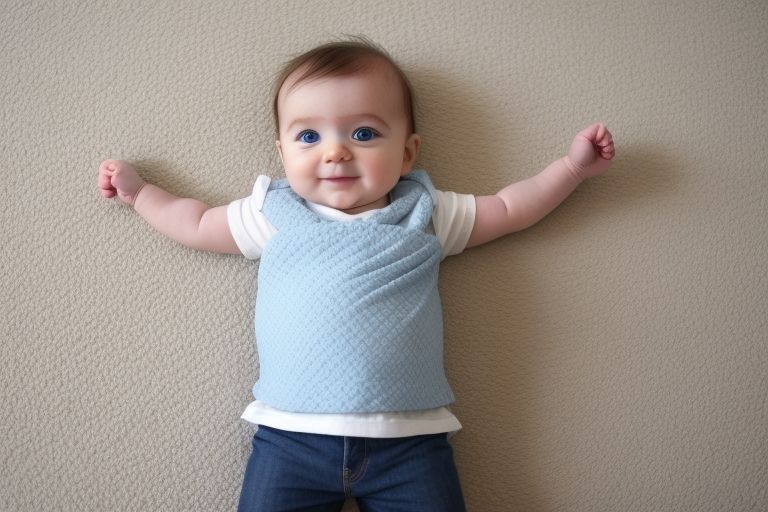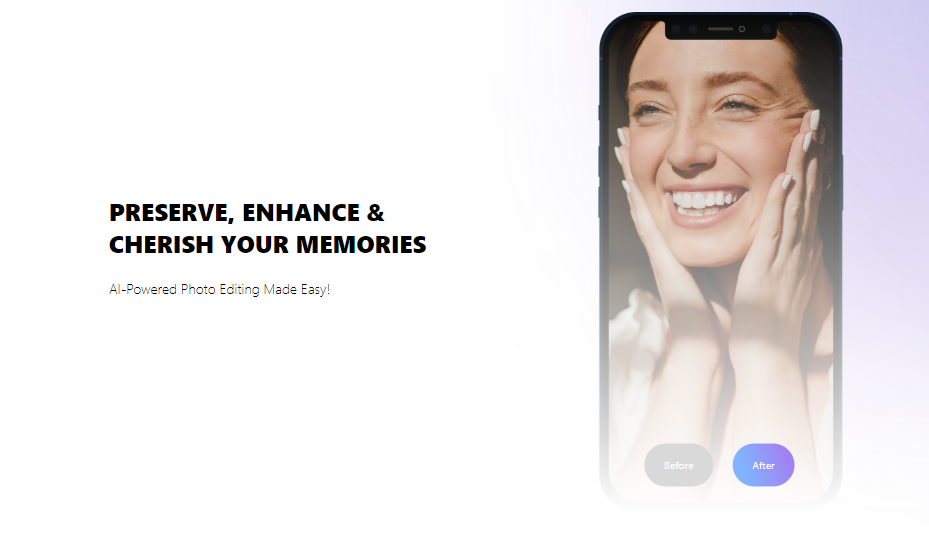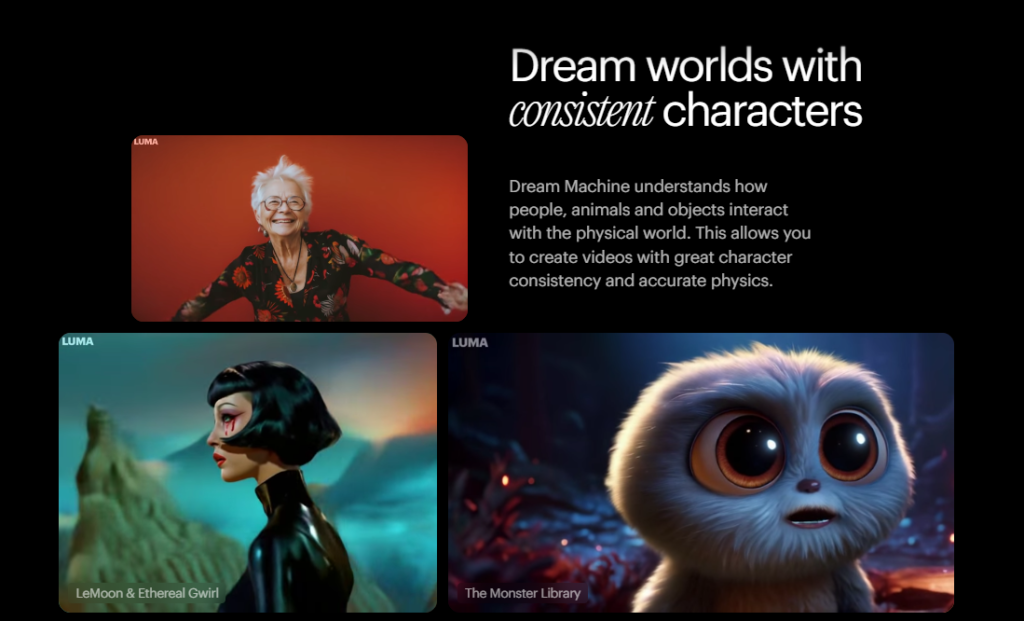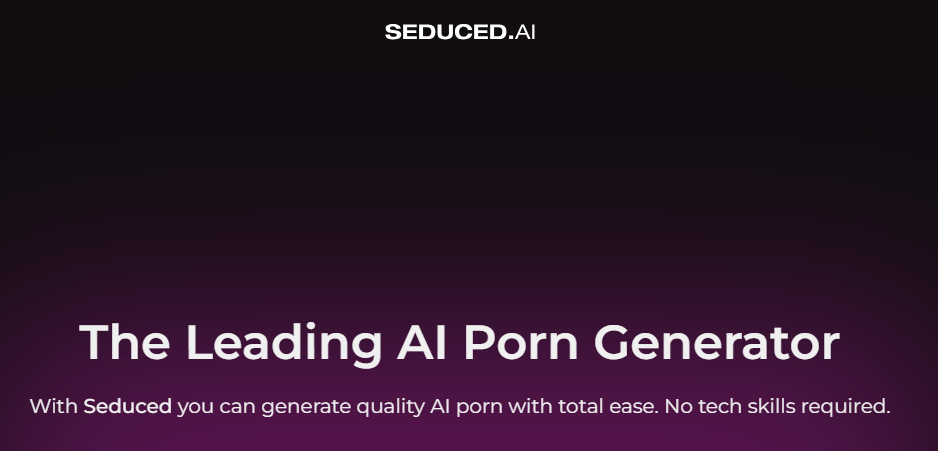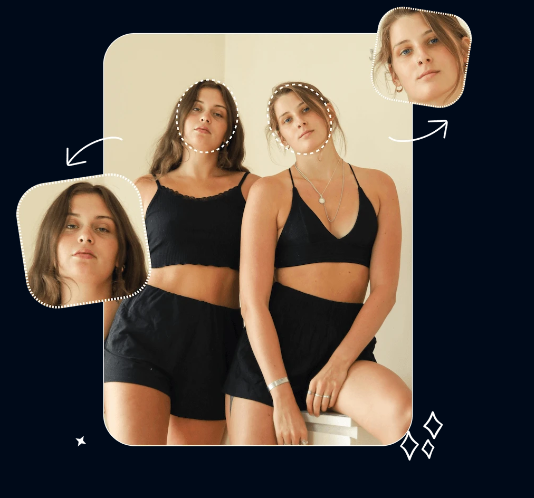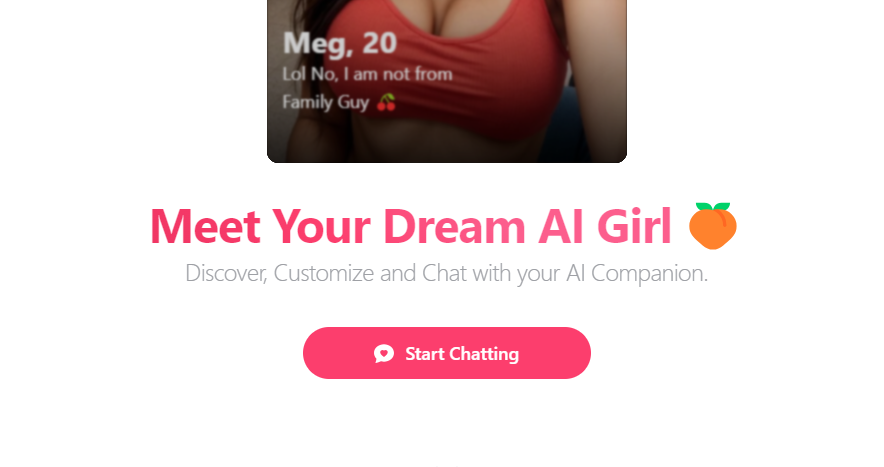Click Here To Access – Baby-AC (No Sign Up) OurBabyAI (Requires Sign Up)
Baby-AC also promises to generate future baby photos using AI, but with some differences compared to OurBabyAI:
Features and Offerings:
- Image generation: Upload photos of both parents and receive one image of a predicted baby. You can choose for the baby to look more like the father or mother.
- Age adjustment: (Paid feature) Allows you to change the predicted baby’s age to see them as a toddler or young child.
- Higher resolution: Images are in higher resolution compared to OurBabyAI (1024×768 pixels).
- Multiple ethnicity options: Claims to consider various ethnicities in its predictions, aiming for greater diversity.
- Price: Free for one prediction, with paid options for higher resolution and age adjustments.
Important notes:
- Similar accuracy disclaimer: Like OurBabyAI, these are “conceptual images” and not guarantees of your child’s appearance.
- Technology: They use AI technology called StyleGAN, but specific details are not provided.
- Privacy: Claims to securely delete uploaded photos within 24 hours. Review their privacy policy for details.
- Potential bias: As with any AI model, biases based on training data remain a concern.
Additional thoughts:
- Both Baby-AC and OurBabyAI offer similar functionality at different price points and with slightly different features.
- Remember, these are for entertainment and curiosity, not accurate predictions of your future child.
- Focus on the wonder and anticipation of parenthood, and embrace the unique personality and appearance your child will have.
OurBabyAI, offers AI-generated future baby photos based on parent photos. Here’s a breakdown of their features and offerings:
Features:
- Image generation: Upload photos of both parents and receive 4 photos each of a potential boy and girl.
- Genetic analysis: Utilizes an “advanced AI technology” to analyze facial features and genetics from parent photos.
- Limited selection: Only offers two options: boy or girl.
- Timeframe: Photos depict the baby as approximately 3-6 months old.
- Delivery: Images are delivered via email within an hour.
- Cost: Currently offers a limited-time discount at $17 for 8 photos (4 boy, 4 girl).
Important notes:
- Accuracy: The website states these are “conceptual images” and not guarantees of how your actual child will look.
- Technology: The exact details of the “advanced AI technology” are not disclosed.
- Privacy: The website claims to use “cutting-edge security measures” to protect user data. However, it’s always important to review their privacy policy for details.
- Bias: There’s always a risk of bias in AI algorithms trained on large datasets. Consider potential biases based on the origin and diversity of their training data.
Alternatives:
- Several free AI tools like Artbreeder or Dream by WOMBO can generate faces with some customization options.
- Remember, these are all just for fun and shouldn’t be taken too seriously. The true joy of parenthood lies in the unique individuality of each child.
The idea of using AI to generate future baby photos is certainly intriguing and raises several interesting points:
Pros:
- Curiosity and excitement: For expecting parents, it could be a fun and exciting way to visualize their potential child’s appearance, satisfying their curiosity and providing a glimpse into the future.
- Sparking conversations: These AI-generated images could be conversation starters with family and friends, stimulating anticipation and shared excitement about the new arrival.
- Memories and keepsakes: While not an accurate prediction, these photos could hold sentimental value as keepsakes, reminding parents of their excitement and anticipation during pregnancy.
Cons:
- Accuracy concerns: It’s important to remember that these are AI-generated images and not guaranteed to be accurate representations of the actual baby. This could lead to disappointment if the real child’s appearance differs significantly.
- Unrealistic expectations: Overreliance on AI-generated images could set unrealistic expectations about the baby’s appearance, potentially leading to disappointment or even body image issues later in life.
- Ethical considerations: There are ethical considerations around using AI in this way, such as potential biases in the algorithms and the commodification of human traits.
Overall:
While the idea of using AI to generate future baby photos can be appealing, it’s crucial to approach it with caution and realistic expectations. Remember, these are just images, and the true joy of parenthood lies in the unique and unpredictable journey of raising a child.
How it works:
- Data Training: The AI model is trained on a massive dataset of real baby photos, along with information about the parents’ genetics, ethnicity, and other relevant factors.
- Feature Extraction: The model learns to identify and extract key features from the photos, like eye shape, nose size, and hair color.
- Prediction: By understanding these features and their relationships, the model can then generate “new” baby photos that share similarities with the parents and the broader genetic pool.
What it can predict:
- General facial features: AI can predict broad characteristics like eye shape, nose type, chin shape, and hair color/texture.
- Skin tone and complexion: Based on parental information and ethnicity data.
- Facial proportions and symmetry: The model can analyze and replicate typical proportions seen in babies.
What it can’t predict:
- Unique details: Things like freckles, birthmarks, specific eye colors, or individual facial expressions cannot be accurately predicted.
- Future growth and development: These photos capture a snapshot and don’t account for individual growth patterns or environmental influences.
- Personality and character: AI models deal with physical attributes, not intangible qualities like personality or temperament.
Important to remember:
- These are predictions, not guarantees. Real babies can develop differently due to various factors.
- AI models can be biased based on the data they are trained on. Consider the source and diversity of the training data.
- Focus on the excitement of parenthood and embrace the uniqueness of each child, not just their appearance.
More Posts…
- BasedLabs AI: The Central Hub for AI-Driven Media Generation
- PicLumen Free Unlimited AI Image Generator: Features and Market Comparison
- Memories: A Review of AI-Powered Photo Editing with Mems
- Forget Hollywood, You’re the Director Now: Dream Machine AI Makes Blockbusters From Your Basement (But Shhh…It’s a Secret)
- Generate 60 AI Images in One Click One Prompt No Signup No Restriction
- Your Wildest Fantasies with Seduced AI: NSFW Art Creation Tool
- Swap Face, Swap Clothes Swap Anything with AI | AI Face Swapper Review
- 10 Tech Tips and YouTube Algorithm Cracks to Blast Your Music Video Views in 2024 (and Beyond!)
- Can This AI Be Your Next Boo? A Steamy Look at Cute Chat’s Customization Options | AI NSFW Chat
- Top 10 AI Tools That Can Change The Way You Create In 2024!
- Get Social Media Ready Clips, Cut & Captioned by AI. Save 90% Time.

